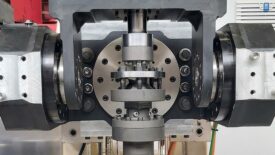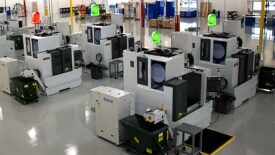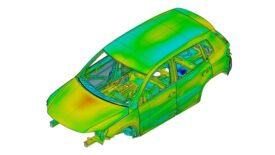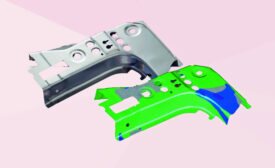Software
Software
Recognize a Payback for Collecting Test and Metrology Data
There are three key actions necessary to gain value from collecting and analyzing quality data.
March 27, 2025
Software
Data Diversity: A Connected Approach to Quality
It’s time to unlock the potential of metrology data.
March 17, 2025
Manufacturing Software
New Software Assesses, Validates Stamping Processes
Simulation software lets engineers evaluate and fine-tune stamping lines before dies are cut or parts are produced.
March 12, 2025
Software
AI in Manufacturing: Reshaping Quality Control and Efficiency
AI is profoundly reshaping manufacturing, enabling businesses to achieve higher quality standards, greater operational efficiency and more imaginative resource utilization.
February 26, 2025
Software
ERPs Remain Highly Beneficial, but Success Depends on the Right Plan and Approach
The key to ERP success is starting off on the right foot.
February 25, 2025
Software
How Generative AI Could Revolutionize Manufacturing Quality Functions
True quality starts with avoidance of mistakes and bad data
February 24, 2025
Quality Rocks
The Rise of Quality Escapes (and What to Do About it)
How quality affects every part of our lives – including breakfast.
February 16, 2025
Stay in the know with Quality’s comprehensive coverage of
the manufacturing and metrology industries.
eNewsletter | Website | eMagazine
JOIN TODAY!Copyright ©2025. All Rights Reserved BNP Media.
Design, CMS, Hosting & Web Development :: ePublishing











